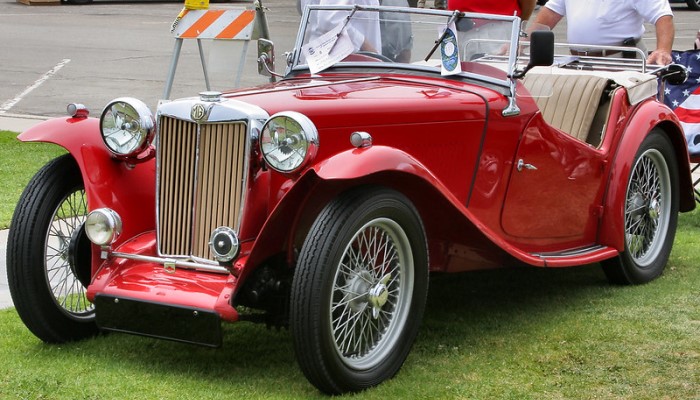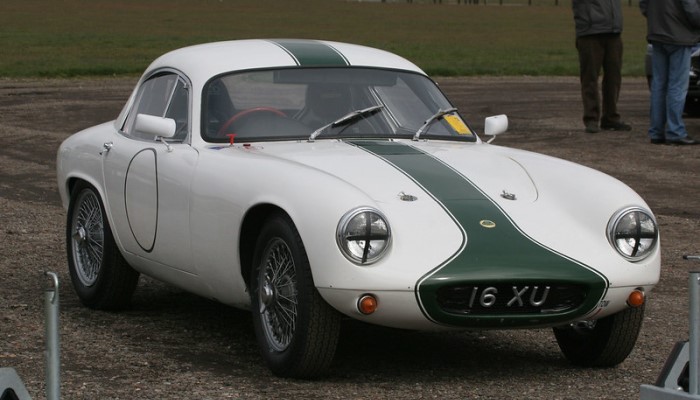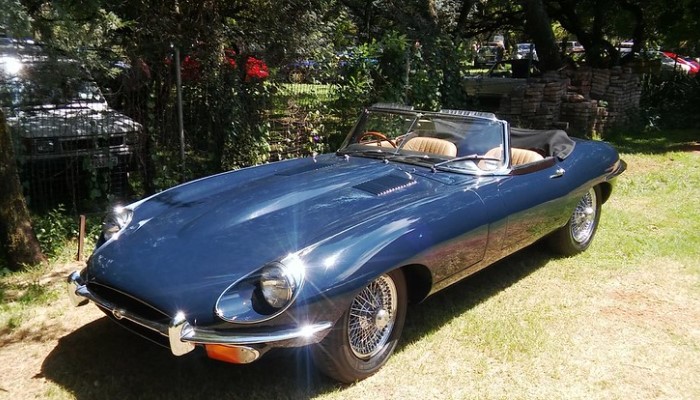Lotus Seven
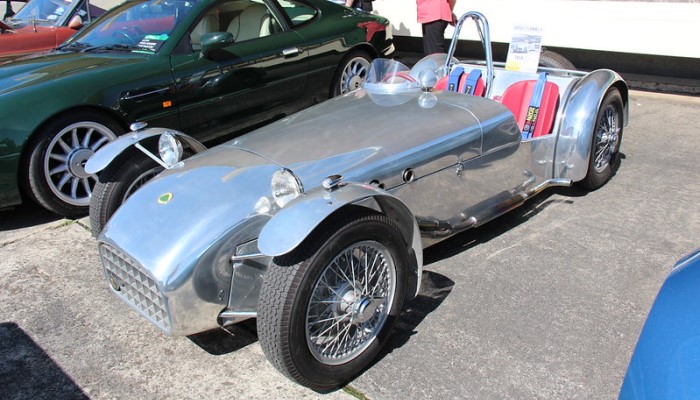
Photo: "1958 Lotus Seven Series I" by Sicnag
Simplicity and Lightweight
The Lotus Seven is the creation of the great designer of sports and racing cars, Colin Chapman. For those who don’t know who he is, suffice it to say that Chapman founded the Lotus company and, as its chief designer, made a fundamental contribution to the development and improvement of Formula 1 cars.
For much of F1's history, Colin Chapman has provided Lotus cars with cutting-edge engineering that his competitors have had to copy to compete on an equal footing.

This includes a monocoque body, a power unit as part of the chassis structure, radiators located on the sides of the cockpit, a wedge-shaped body to create downforce, a car with a suction effect to the road surface due to the formation of vacuum under the bottom (the so-called ground effect), active wheel suspension, and much more.
Chapman was also a successful entrepreneur who established the production of Lotus road sports cars, which is still in operation today.
He is also known for being the first to widely use sponsorship funds to support a racing team in exchange for product advertising that was prohibited on television. This applies primarily to tobacco products. Many people are familiar with John Player Special cigarettes, which is what the Lotus F1 team race cars were called in the 1970s.

Photo: "Lotus Type 79 - Snetterton Lotus Festival" by bobaliciouslondon
In his design practice, Colin Chapman adhered to two main principles: simplicity and lightweight of all designs, be they cars, sports cars, or cars for club racing. F1 cars deserve a separate discussion, but we will talk about the legendary car that has become a role model for many years: the Lotus Seven.
Production and Development
The car went into production in 1957 simultaneously with another design and technological masterpiece, the Lotus Elite.
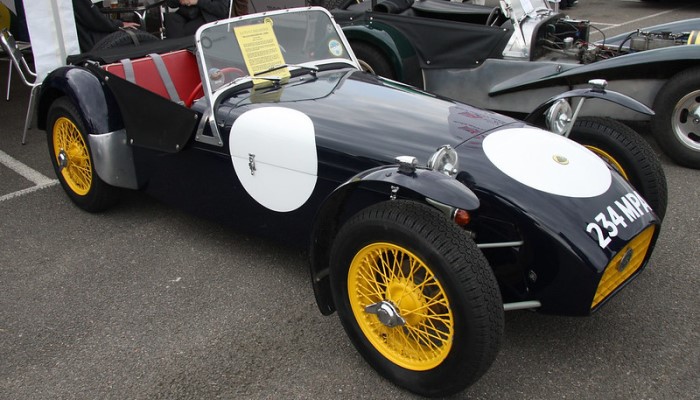
Photo: "Lotus 7 Series 1" by exfordy
At that time, the young company was in dire need of money, and Colin Chapman decided to make a simple car that could be used for traveling on public roads, participating in club competitions, and one that could produce a kit-car, a car designer, which can be assembled in your garage in 20 hours using an electric drill and a set of wrenches.
A kit car also differs from a finished car in that its price does not include the cost of assembly and purchase tax, which allows people with low incomes to buy it. To check the quality of the assembly of the "kits", Lotus created a special division that carried out acceptance tests of each finished car.
The two-seater car with a classic layout turned out to be very light (330 kg), which, with almost any inexpensive engine, provided quite acceptable dynamics for a sports car. The chassis was based on a tubular space frame of high torsional rigidity with a working skin made of polished aluminum sheets.
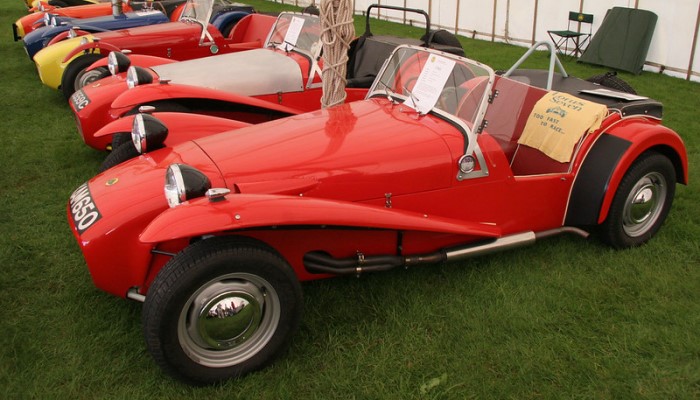
Photo: 1960 Lotus 7" by exfordy
The front suspension was independent, a wishbone, using an anti-roll bar as a longitudinal element of the upper arm and a telescopic hydraulic shock absorber coaxial with the spring, resting on the lower arm.
The rear suspension was made dependent; it used a rear beam from Ford cars, and the forces on the body were transmitted from it by the longitudinal arms and transverse rod (Panhard rod), as well as elastic elements similar to the elements of the front suspension.
The frame trim and hood replaced the outer body panels, and the fenders and front cladding were made of sheet aluminum. Riders were protected from bad weather by a windshield and a light awning that folded behind the back of the driver and passenger seats, as well as removable "soft" doors.
The front fenders were of the bicycle type; that is, they moved along with the steered wheels. There was nothing "extra" that increased the weight of the car.
It is said that Colin Chapman, walking through the Lotus Seven production site, said the following phrase: "I want to take pounds off this car!" When asked which pounds he meant—pounds sterling or pounds of weight—Colin said, "Both!".
Power Units
The first Lotus Seven had a Ford engine with a displacement of 72 cid (1,172 cc) and a power of 40 hp at 4500 rpm, which allowed it to develop 81 mph (130 kph) and accelerate to 60 mph (96.6 kph) in 16.2 seconds, not bad at all for those years.
The Seven "kits" sold well; this served as convincing evidence that the compromise between engine power, vehicle weight, handling, and price was successful. And the low level of comfort was more than compensated by the pleasure of communicating with the car, which allows you to experience the whole gamut of "formula" sensations.
Lotus has undergone numerous modifications. Four series were produced, outwardly slightly different from each other; only the fourth series had more developed body panels.
The power units were changed (the engine of the Lotus Seven S3 Twin Cam SS modification developed 125 hp and allowed it to reach 103 mph - 166 kph, providing acceleration from 0 to 60 mph in 7.1 seconds), the wings and nose fairing began to be made of fiberglass, and on some modifications in the front suspension, the stabilizer ceased to be part of the steering device due to the increase in vehicle weight and increased handling requirements.
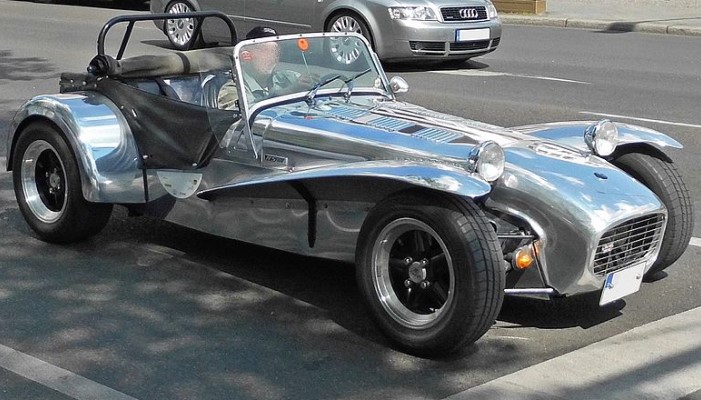
The rear suspension received an A-arm instead of a Panhard rod to give the car the same steering ability during left and right turns, but the Lotus Seven remained simple, light, and well controlled.
Lotus produced Seven until 1973, when all technical documentation and production equipment were transferred to Caterham Cars, the official Lotus dealer. This is how the Caterham Super Seven appeared, a direct successor to the magnificent Lotus Seven, which is produced in England to this day.
Lotus Seven in Today's Market
If you're in the market for a Lotus Seven, you can expect to see prices ranging from $10,000 for a well-used older model, to upwards of $60,000 for a newer, well-maintained example. Of course, there are always outliers and exceptional specimens that can command even higher prices, especially if they have a rare or unique history.
It's worth noting that prices for Lotus 7s tend to be higher in regions with a strong demand for sports cars, such as the United States or Europe. Additionally, limited-edition versions or models with racing pedigrees can command significant premiums.
When considering the price of a Seven, it's essential to also factor in potential maintenance costs. As a vintage sports car it may require more frequent maintenance and repairs compared to newer vehicles. So, budgeting for ongoing upkeep is vital to ensure the continued enjoyment of this exceptional machine.
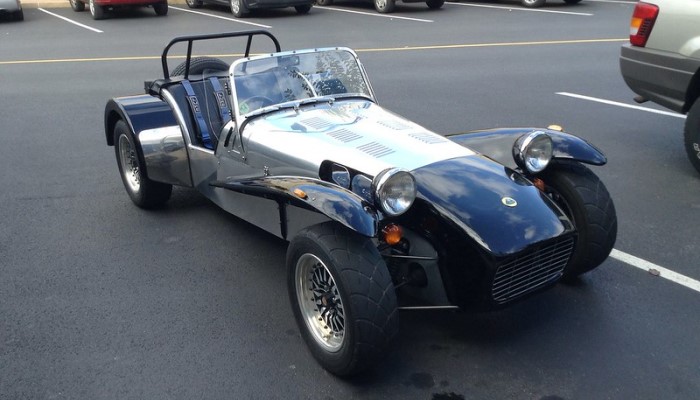
Photo: "Lotus Seven" by Jacob Frey 4A
Whether you're an avid collector or simply a fan of classic sports cars, the Lotus Seven remains a highly desirable and captivating vehicle in today's market. Its timeless design, exhilarating performance, and sheer driving pleasure make it a true gem for those fortunate enough to experience it.
So, if you're thinking about adding this beauty to your collection, be prepared to invest both financially and emotionally in this thrilling piece of automotive history.

Unique Car Zone Team
A group of several fans of everything that moves on four wheels, a few article creators, a couple of marketing strategists, designers, web developers, and lots of coffee.




